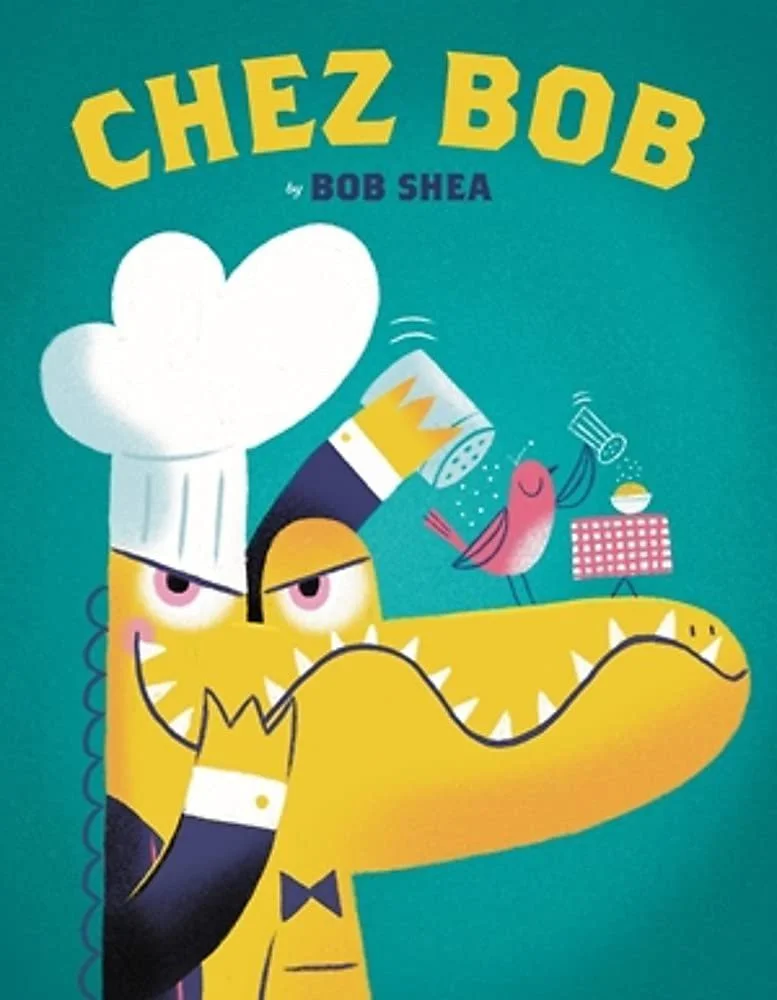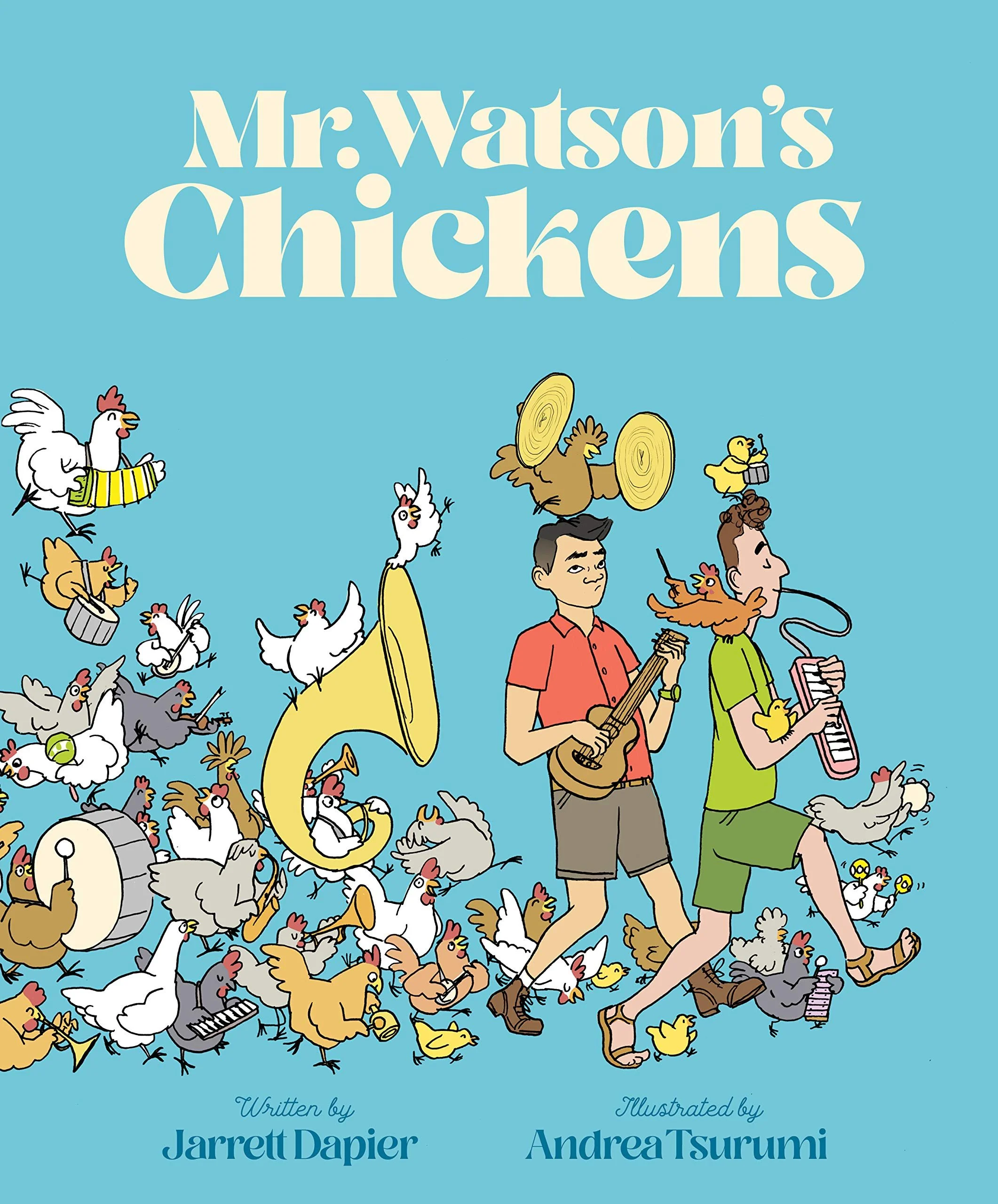On Making Your Kids Laugh
I was recently brainstorming with a bunch of children about what can help when you feel “nervous.” I described the usual things: pick up an object and describe it with 10 words, a humming breath while you hummmm as you breathe out. One child told me: “If one more person tells me to take a deep breath I am going to give them a big bite.” This resonates. Has anyone ever really enjoyed being told to take a breath? I can’t say that my poor partner has ever had the experience of telling me to “take a breath” and my replying “Thanks so much! That’s really helpful!” Even when it’s true, it remains hard to hear. As we brainstormed what might work better for anxiety, one child suggested tickling. “Whenever I’m really anxious I tell my mom to tickle me. She says it wears her out but I find it really works.” Though I felt for this poor mother, who I envisaged as down on the floor trying to tickle the anxiety out of her children 20X a day, we all did agree that it was helpful to find things to make us laugh.
“Why are you so serious mummy?” said one of my sons. “Life is for laughing.” Haha. Even the kids don't seem to love my lesbian earnestness - what they sometimes call "the feelings feelings talk." In that spirit, here are three books that most kids find really funny. And they are also beautiful and wise works of art – ones that advise again material things and argue in favour of compromise and connection.
Chez Bob
By Bob O'Shea
This is my favourite funny book. It’s hilarious to kids and adults, and it is also a sophisticated, articulate argument against capitalism and in support of community. Bob is an alligator, and he is sick of having to run around catching his food. He asks the birds to just fly in his mouth, going so far as to even say please and thank you, but they refuse. One day, he has a bright idea. “I will open a birdseed restaurant on my nose. Birds will come to eat, but I will eat the birds! I will sell my super-smart ideas to other lazy alligators. I will be rich and famous and great.” And why, might readers ask, will this be so fantastic? “I will have diamond teeth and a solid-gold hat.” I love this line. Like hello! A solid-gold hat! It applies to me and my strange consumer desires too. It’s true, my children and other kids I hear often talk about how much they want to be rich so they can get more stuff.
"But what would you buy?"
I would buy a whole Toys’R’Us, even the toys I didn’t like.
"But how would you play with all the toys, even the ones you didn’t like?"
I would just have them.
We can ask our children and ourselves why we want what we want. But Chez Bob really gets to the heart of things. Bob the Alligator opens his restaurant, Chez Bob: “which is a real restaurant and not a trick.” One of my favourite lines in any book ever is “Birds flew in from all over the world to eat on Bob’s face.” As Bob’s birdseed restaurant is integrated into the community, a little town develops around Bob’s small business. The birds build a school, a library, “and an extensive public transportation system”, which Bob notes is “weird since birds can fly.” Bob becomes closer and closer to his customers, until he feels lonely when they all fly off after dinner back to their nests. He hits it off with pretty much everyone, “except an orange bird who never let anyone else talk. How rude, thought Bob, I’m totally eating him first”. Gradually and predictably, Bob realize he’s not so sure he wants to eat all his new friends. And then out of nowhere, a scary storm comes out of the sky. “Quick, fly in to my mouth” says Bob to the birds. He realizes that “now is my chance to eat the birds . . . I cannot wait to see the looks on their beaks when they check out my diamond teeth and solid-gold hat! They will be jealous and amazed.” But will they? Because if Bob eats them, they will be in Bob’s belly, not in his community. Like so many good picturebooks, Chez Bob asks us to consider the profound question: why do we want what we want? Is it to fill a a profound need? And for what? For safety? For community? To forestall the pain and grief of living in an imperfect world? Do we want our friends to be jealous and amazed? Will this feed our deepest hungers? We can pretend that these questions consume only our children (why do you want that new toy?) but in fact they consume us too. Why do I want a new set of craft supplies? (I literally had to stop online shopping to write this post against capitalism). What emotional need am I hoping it will fill?
When Bob releases the birds, they decide to all live in a community together. Of course, they get on each others’ nerves. How can we not. And yet I am so sick of a society that suggests that what we want is more and more space and distance from one another. How can that be? We need to come together to, in the words of Jason Mraz “try, try, try, try, try again” to get along and to work together fix this broken, beautiful world.
How to Party like a Snail
By Nassem Hrab and Kelly Collier
I am so lucky to have been gifted with the best aunts in my sons’ lives. Our beloved Aunt Shanta showed up with this amazing book by Naseem Hrab, who also wrote the best book I have ever seen on complicated dads. (See this post on Weekend Dad). Snail is a party animal. Well, kind of. In particular, Snail enjoys quiet things about parties: using Snail's indoor voice to make new friends, whispering meaningful wishes to cakes, and savoring those few silent seconds before everyone yells surprise. But no surprise (ha!), Snail’s friends often think Snail is kind of weird. They can’t hear Snail talk because Snail speaks quietly, and they find it awkward hanging around with Snail. Snail waits and waits and waits for an invitation to a party, but none is forthcoming. Finally, Snail decides to plan an alone party, but Snails find the party is really missing a friend. All of a sudden, Stump pipes up from the background, and suggests “they both love parties . . . just not the rowdy ones.” So they decide to turn down the music (we can barely hear it!), put on their pjs, and party in their hearts like it’s (sing it) 1999. I love this tribute to shyness and to quiet in a way that so skillfully and hilariously celebrates the introverted child. What a priceless gift.
Mr. Watson's Chickens
by Jarrett Dapier, illustrated by Andrea Tsurumi
It’s always exciting to find a book featuring a mixed race couple and gay male love story at the centre of its plot. This book features protagonists Mr. Watson and Mr. Nelson as well as a host of queer people of colour in the background. Mr. Watson has some chickens, and every morning, he likes to count them with a 1, 2, 3. But soon things get out of control, until “Before they knew it, Mr. Watson had 456 chickens!” This pictures have a queer Where’s Waldo vibe, as if Where’s Waldo isn’t homo enough already for you. (amirite?) Everywhere in the house, chickens are found playing instruments, practicing magic, and making pancakes. It actually feels a lot like a house with kids, where literally as you clean up the chaos your kids are making more. I don’t think Sisyphus should be based on rolling a boulder up a hill. A Sisyphean task is this: it features a kitchen where you and your beloved partner are scrubbing mouldy cookie dough out from between the cracks in the floorboards while your sons cover their faces in whip cream beards that have whip cream combined with all the red food colouring.
In any event, Mr. Nelson eventually gets sick of the amount of domestic work and chaos. He’s had it with the emotional labour generated by the chickens! Especially when Aunt Agnes the chicken won’t stop singing the same song over and over, eventually leading the “other chickens in a full-choral rendition of her favourite song: Shooby-doo!!! Wonky-pow!!! Bawka-bawka in da chow-chow!!!” Even while Mr. Watson and Mr. Nelson are trying to watch Drag Race on TV! Finally, Mr. Nelson threatens to move out back to the chicken coop, alone, and Mr. Watson realizes that he “loves his chickens, but he loved Mr. Nelson more.” Mr. Watson and Mr. Nelson find a new and wonderful owner for their chickens at the county fair. There house feels like an “empty nest,” but is it? The last page has Mr. Watson and Mr. Nelson finding 3 new chicks. And so it begins.
This book is amazing, it’s funny and tender and romantic. It features the chaos and the joys of family life and somehow it also captures that these years of mess and sticky counters are a moment in time, ones that we will someday deeply miss. It makes the kids laugh and they love looking for things in the complex drawings. And for me anyway, it feels bittersweet. It’s captures that time is racing and also crawling, that things are messy and chaotic and joyful and unbelievably annoying. I was listening to a beautiful podcast interviewing the artist Santigold, and she was explaining that her song “My Horror” was about how she felt with her kids at home during the pandemic. The endless cycle of laundry and snacks and cleaning with no time for her art, and this cycle was happening in the midst of the climate crisis and ongoing white supremacist aggression. Many people wrote to her saying, “but don’t you love your kids?” And she said, and I so agree, yes, of course! But I want room for all of it, all of the feelings. The rage and the frustration and the love and the joy. And it’s that what life is? All of it, all the time, often in the same moment? To me, this book somehow captures that while also making me and my kids laugh.
We think what we tell our kids through books doesn’t go in, but it does, it does! I was racing to the car with my youngest son, late late late for the thousand million things. It was raining and misty and beautiful and I saw none of it. "Wait mummy," he said to me. "Pause." This pause is from I Wish Your More: "I wish you more stories than stars, I wish you more we than me, I wish you more pause than fast forward." As we paused together to take in the day, I felt worried and harassed and grateful. Grateful to these books that are trying, one picture at a time, to help us come back to ourselves and this beautiful, beautiful world.


